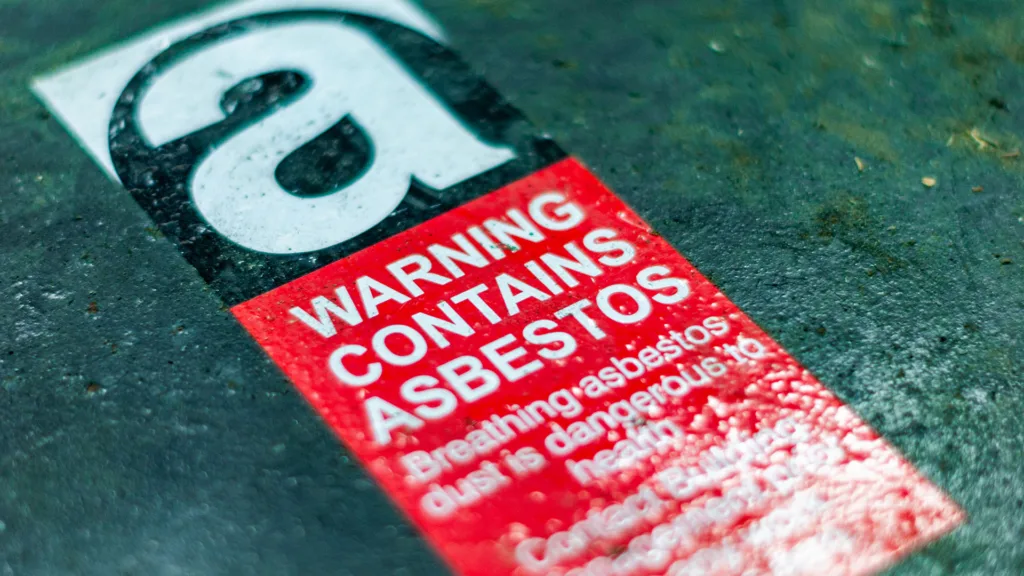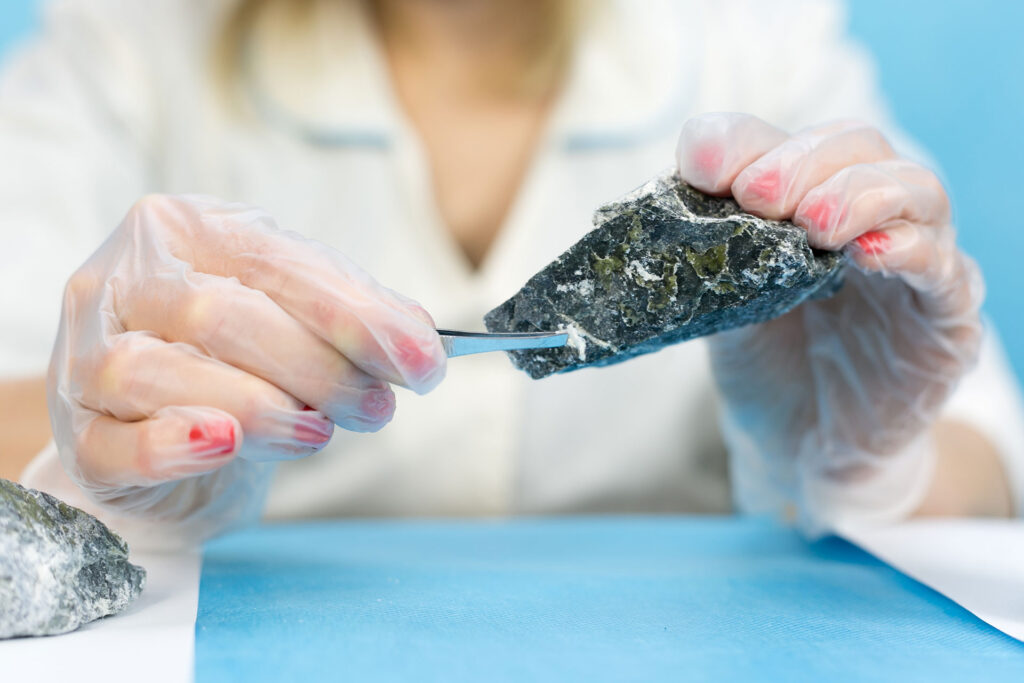If you’ve been recently diagnosed with pericardial mesothelioma, you need to review the condition with a mesothelioma lawyer. A mesothelioma attorney has the specific knowledge to ensure you receive more compensation for your medical care and living expenses.
What Is Pericardial Mesothelioma?
Pericardial mesothelioma is a rare and aggressive form of cancer that affects the lining of the heart, known as the pericardium. The disease is primarily caused by exposure to asbestos, a once widely used mineral in various industries.
As one of the rarest forms of mesothelioma, pericardial cases account for only about one to two percent of all mesothelioma diagnoses. Despite its rarity, the impact on patients and their families is profound, often leading to significant medical, emotional, and financial challenges.
Getting a Better Understanding of Pericardial Mesothelioma
How Do Doctors Define Pericardial Mesothelioma?
Pericardial mesothelioma is a cancer that develops in the pericardium, the protective membrane surrounding the heart. This thin, double-layered sac protects the heart and the roots of the major blood vessels connected to the organ. When malignant cells develop in this lining, they can cause the pericardium to thicken, leading to a range of serious and life-threatening cardiovascular complications.
Causes and Risk Factors
Again, the primary cause of pericardial mesothelioma, like other forms of mesothelioma, is asbestos exposure. When inhaled or ingested, asbestos fibers can enter various parts of the body, including the pericardium. Over time, these fibers can cause inflammation and genetic damage to the cells, potentially leading to cancer development.
Risk factors for pericardial mesothelioma include:
- Occupational exposure to asbestos (e.g., construction workers, shipyard workers, miners)
- Secondary exposure through family members who worked with asbestos
- Living in areas with naturally occurring asbestos or near asbestos mines
- Age (most cases are diagnosed in people over 50)
- Gender (slightly more common in men, likely due to occupational exposure)
Symptoms and Diagnosis
Symptoms of pericardial mesothelioma can be vague and often mimic those of other heart conditions, making an early diagnosis challenging. Common symptoms include:
- Chest pain
- Shortness of breath
- Persistent cough
- Heart palpitations
- Fatigue
- Fever
- Night sweats
- Unexplained weight loss
Diagnosis typically involves a combination of imaging tests (such as X-rays, CT scans, and MRIs), blood tests, and, ultimately, a biopsy of the pericardial tissue. Due to its rarity and nonspecific symptoms, pericardial mesothelioma is often misdiagnosed or diagnosed at an advanced stage.
Treatment Options
Treatment for pericardial mesothelioma is often difficult due to the cancer’s location near the heart and its typically advanced stage at diagnosis. Treatment options may include:
- Surgery (e.g., pericardiectomy to remove the affected pericardium)
- Chemotherapy
- Radiation therapy
- Immunotherapy
- Palliative treatments to manage symptoms and improve quality of life
The choice of treatment depends on the stage of the cancer, the patient’s overall health, and their personal preferences. Often, a multimodal approach combining different treatments is used to maximize effectiveness.
The Link Between Asbestos Exposure and Pericardial Mesothelioma
Historical Uses of Asbestos
Asbestos was widely used throughout most of the 20th century due to its heat-resistant properties and durability. It was commonly found in:
- Construction materials (insulation, roofing, flooring)
- Automotive parts (brake pads, clutches)
- Shipbuilding materials
- Textiles and fabrics
- Industrial equipment
Despite knowledge of its health risks emerging as early as the 1920s, asbestos use continued in many countries until the late 20th century. While not completely banned in the US, asbestos has been significantly restricted since the 1970s.
How Asbestos Causes Mesothelioma
When asbestos-containing materials decompose, they release tiny fibers into the air. These fibers may be inhaled or ingested. As they travel through the body, they can lodge in the mesothelial tissues, including the pericardium. Over time, these fibers may trigger inflammation and cellular damage, leading to the development of mesothelioma.
The latency period between asbestos exposure and the development of mesothelioma is typically lengthy, often 20 to 50 years. This long latency period means that many people exposed to asbestos decades ago are now being diagnosed with the condition.
The Importance of Legal Assistance for Pericardial Mesothelioma Patients
Establishing Liability
One of the primary reasons to seek legal help after a pericardial mesothelioma diagnosis is to establish liability. In many cases, the asbestos exposure that led to the disease occurred due to negligence by employers, manufacturers, or other parties who knew about the dangers of asbestos but failed to protect workers or consumers.
How a Mesothelioma Lawyer Can Help with Your Case
An experienced mesothelioma attorney can help:
- Investigate the patient’s work history and potential exposure sources
- Identify responsible parties
- Gather evidence to support the claim
- Navigate complex asbestos litigation laws
Compensation Options
Legal assistance is critical in pursuing various forms of compensation. Mesothelioma lawyers may pursue the following options:
- Personal injury lawsuits against asbestos manufacturers or employers
- Wrongful death claims (filed by family members if the patient has passed away)
- Asbestos trust fund claims
- Workers’ compensation benefits
- Veterans’ benefits (for those exposed during military service)
Damages Covered
These compensation options can help cover the following:
- Medical expenses
- Lost income
- Pain and suffering
- Future medical care
- Funeral expenses (in wrongful death cases)
The Legal Process for Pericardial Mesothelioma Cases
In-Person Appointment
The legal process typically begins with an in-person appointment with a mesothelioma attorney. During this meeting, the attorney will:
- Review your medical records and diagnosis
- Discuss your work history and potential asbestos exposure
- Explain the legal options available
- Answer any questions about the legal process
Case Investigation
If the attorney takes on the case, they will begin a thorough investigation, which may involve:
- Researching the patient’s work history
- Identifying potential exposure sites
- Locating witnesses who can testify about asbestos use
- Gathering documentation of asbestos use in relevant industries
- Consulting medical experts about the link between asbestos exposure and the patient’s disease
Filing the Claim
Once they gather sufficient evidence, the attorney will file a claim. This may be a lawsuit against one or more defendants or involve filing claims with asbestos trust funds.
Discovery Phase
In a lawsuit, both sides exchange information in a process called discovery. Discovery supports sharing information, so there are no surprises during a trial. Discovery involves:
- Depositions (testimony given outside of court)
- Interrogatories (written inquiries)
- Requests for documents
Negotiating a Settlement
Many mesothelioma cases settle out of court. The case may go to trial if a settlement can’t be reached.
Trial (if necessary)
If the case goes to trial, your attorney will present evidence and arguments to a judge or jury. The choice to take a case to court is to seek a higher settlement.
Appeals (if necessary)
Either side may appeal the verdict if they believe legal errors occurred during the trial.
Choosing the Right Mesothelioma Attorney
When seeking legal help for a pericardial mesothelioma case, choosing an attorney or law firm with specific experience in asbestos litigation is crucial. Factors to consider include:
- Experience with mesothelioma cases
- Track record of successful verdicts and settlements
- Resources to handle complex litigation
- Willingness to take cases to trial if necessary
- Clear communication and a compassionate approach
You can learn more about an attorney’s background and legal experience by scheduling a free consultation.
Contact a Mesothelioma Lawyer Now
If you have been diagnosed with mesothelioma, your medical care is a priority. To ensure maximum compensation, contact a mesothelioma attorney at Vogelzang Law right away. Make sure you get the best settlement for your medical care and the well-being of your family.



